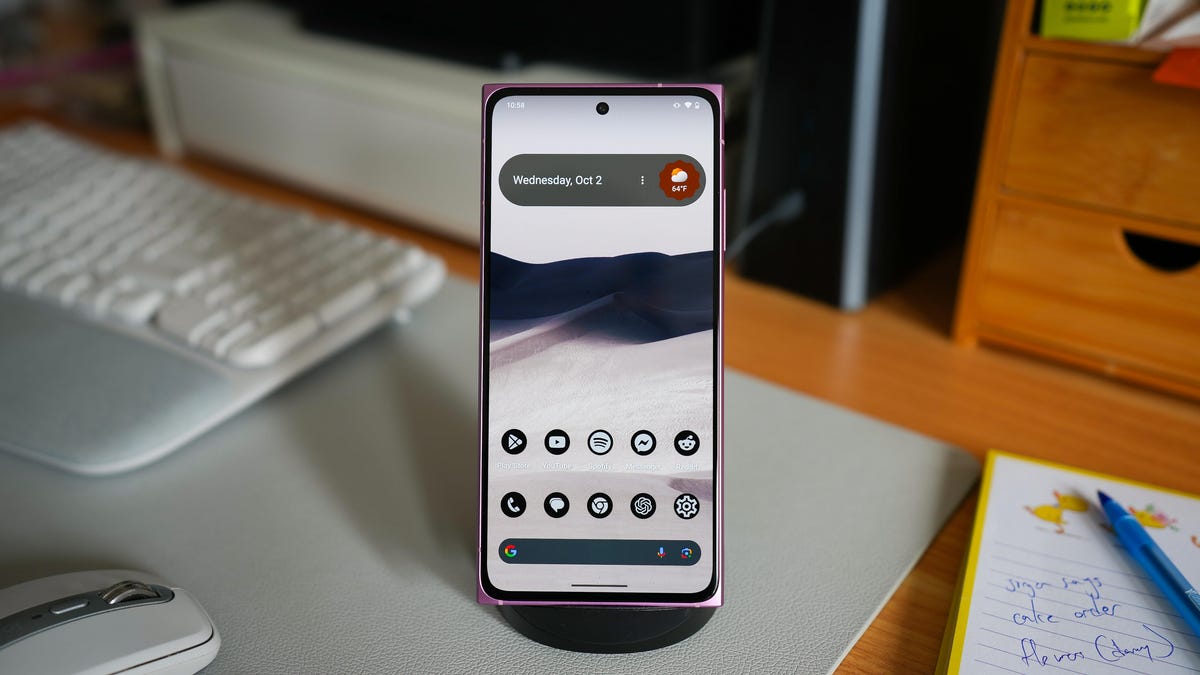Wireless charging is about to get a lot faster.
The Wireless Power Consortium (WPC), an open standards development group of more than 300 members who work together to ensure compatibility between wireless chargers and power sources, announced a new, faster standard for wireless charging today: Qi2 25W.
Also: The best wireless chargers: Expert tested
Qi2 25W will deliver nearly 70% more power than the original 15W Qi2, which launched in November, 2023.
The new standard will be available on iPhones and “major Android smartphones.” The WPC says 13 devices, receivers, and transmitters completed Qi2 25W certification testing in a limited launch last week, and several hundred are waiting to be tested. Presumably, that includes phones, chargers, and power banks.
Within a year of Qi2 15W’s introduction, more than 1.5 billion certified Qi2 transmitters and receivers were in the market worldwide.
Before Qi2, the WPC points out, smartphone manufacturers developed their own fast charging protocols and accessories. Because these were proprietary, though, they weren’t compatible with other brands and were often unreliable. Some brands were able to push charging past the prior 15W standard, but Qi2 25W “is the first standard to enable truly high-speed Qi Certified wireless charging,” according to the WPC release.
This is especially big news for Android users. Android debuted wireless charging first, but even as an Android person my whole life, I can admit that Apple has far surpassed them. Those of us on the Android side of the fence have been relegated to using workarounds or third-party products.
Also: Every iPhone owner should use MagSafe – I can’t live without these 7 favorite accessories
We haven’t seen solid information about which Android phones will support it, but Android Authority speculates that the Pixel 10, set to debut next month, will be among the first. What the release doesn’t mention is whether new Android devices will have the magnets that support the new technology built in, or if you’ll have to continue using a special case.
Get the morning’s top stories in your inbox each day with our Tech Today newsletter.
